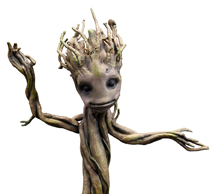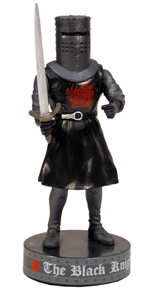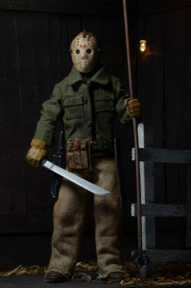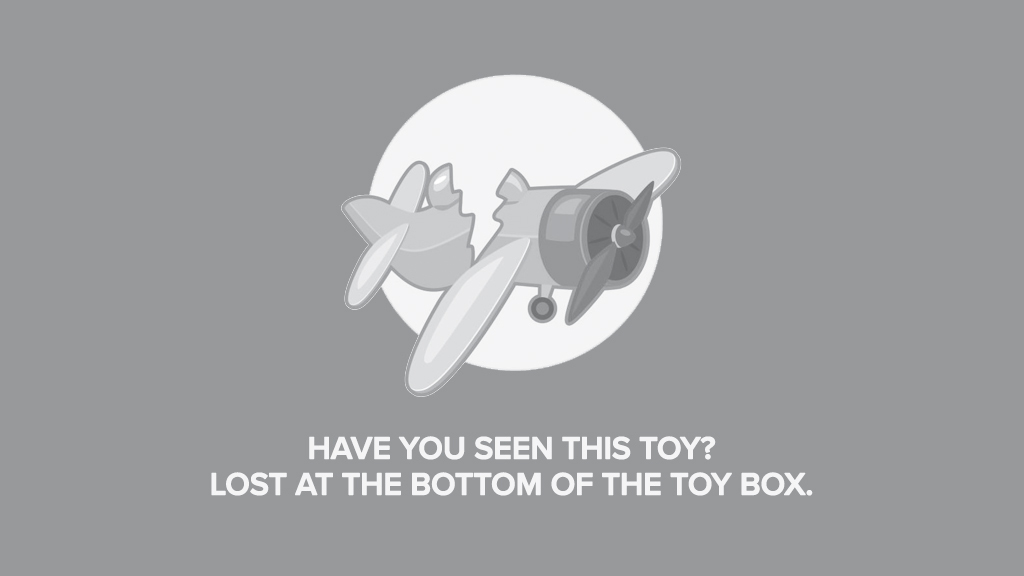
A few months ago, I wrote a commentary about trends occurring in the world of licensed action figures. Since then, I worked on a longer piece for The Licensing Book, the sister publication of The Toy Book, looking at the process in between attaining a license for a movie, TV show, etc., and the production of the final toy. Licensed collectible figures was a fascinating subject to write about, and I am eternally grateful to all of the toy company officials who took time out of their busy lives to answer my unending barrage of (mostly) annoying questions.
Below are highlights from my look at the licensed collectible figure business, both where it is now and where it might be going. They’re mostly lifted from the longer article, which is available to read at The Licensing Book home page (Just click on the link to the Spring 2015 issue):
When It Comes to Acquiring a License, History Matters
From what company officials told me, acquiring a license largely depends on a toymaker’s track record—or the products and licenses it already has—and its pre-existing relationships within the licensed figure industry. In many cases, the company that wants a license initiates the conversation with the license-holder, though it can happen the other way around, too.
For example, a toymaker such as NECA, which has an established reputation for action figures based on movies and other properties across the entertainment spectrum, is often the one fielding inquiries from license-holders.
“Given our place in licensed consumer goods, we already have relationships with many content owners, and we communicate with them regularly about their existing and upcoming properties,” says Alexis Mueller, NECA’s director of business and legal affairs.
It Pays to Mix Things Up

While the licensing philosophy for a toymaker such as NECA may feature both classic and new properties, for some smaller companies, a better strategy is pursuing hot licenses as well as more fringe-y ones.
“To go for things that are unique, but not heavily trafficked, is not by itself a good business strategy,” notes Jordan Schwartz, president of Factory Entertainment. “The licenses most heavily trafficked are the ones with the most fan interest and passion, and the largest market.”
Clone Wars (No, We Aren’t Referring to Star Wars)
A fairly common situation is a toy company approaches a license-holder regarding a product, only to discover that other companies hold the license for the same type of item. When that happens, the only option is to find a way to differentiate oneself.
Factory Entertainment, for example, is coming out with a version of Dancing Groot, based on the character from Marvel’s Guardians of the Galaxy, which is sculpted from the same 3-D files used to create the animated version in the film. This attention to accuracy—plus a scale size that matches the movie version’s exactly—is intended to make the item unique amidst a sea of licensed Dancing Groot figures and toys.
The Future Will Require Figuring Out
Are there too many players competing for the same prize? According to sources, the past 10 years have seen a growth of small companies specializing in licensed figures, which in turn, has led to an increase in the cost of licenses. The end result is a more expensive business to operate in.
On the other hand, with more suppliers of licensed figures than ever before, the market is becoming more diverse, with high-end figures becoming ever more detailed, and packaged with an ever-increasing array of accessories. Meanwhile, the low end is gravitating toward smaller, 3- to 3.25-inch figures, which carry lower price points.

Either way, consumers stand to be pleased, while on the production side, the most pivotal relationship should remain that of toymaker and license-holder. Hopefully, they’ll reach some kind of accord that allows the industry as a whole to remain strong.
“We don’t try to work against the licensor,” says Mueller. “We try to involve them in the product development process, and if we do our job right, they will be as excited by our product as we are.”
For more commentary from Phil, check back often. Views expressed in this column are solely those of the author and do not necessarily reflect the views of The Toy Book as a whole. We hope that you will share your comments and feedback below. Until next time!

